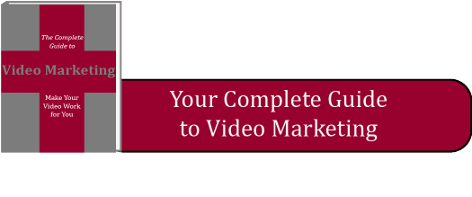I think reviews are helpful for a few different niches that we serve. They are great for generating leads for construction marketing, general contractors, and financial services. But honestly, everyone should take the time to try to garner good reviews.
People with problems love to know how others with a similar problem were able to solve it. The internet has made it a lot easier to find the solution to your problems.
Recommendations have power “Nobody ever got fired for buying IBM,” but most of us aren’t IBM. You are offering “social proof” that you have a good solution for your subset of customers. Social proof is a person or company volunteering that they have done something and giving reasons why you should do it too. That is why testimonials are so powerful.
But sometimes it is uncomfortable to ask for testimonials. I understand, it sounds a bit full of yourself to say, “So tell me how awesome my company is and how much you love it.”
And isn’t that what we think we sound like when we ask for a testimonial or review?
Make the Ask Smaller
But in reality, all you are asking is, “We believe that we helped you solve a problem. Would you mind writing (or telling us) a sentence a two about it?”
Now it seems like a much smaller ask right?
What should the testimonial say?
I would make it as easy on the person you are asking as possible. Leading with the “just a sentence or two about how we helped” has been a great format for us.
Ideally, at some point, you will have collected a lot of testimonials and can pick and choose the most compelling testimonials.

What makes an Effective Testimonial?
A good testimonial is clear and to the point. It describes a problem, the solution and why someone should work with your company.
Also to add even more “social proof” you should have the name of the person, and a picture seals the deal.
Who to Ask for Testimonials?
Ask friends and family first. We have done a lot of work for friends and family members; you might of as well. These are often the easiest to approach about a testimonial.
Next, ask clients that you have worked with more than once with whom you have a relationship. Try to bring it up organically in the course of a conversation in person. If you don’t anticipate seeing them in person, then follow the steps below.
How to Ask
I think the easiest way to request by email detailing exactly what you are asking for and where. Make it as easy as possible for your network to review you.
If you don’t get a response, I think a follow-up phone call is a very good idea.
While you should personalize each request as much as possible, you can use a general e-mail template to make “your ask” as easy to fulfill as possible. Have a model for each platform on which you are looking to get reviews. If you are trying to get reviews via social, request the review through social. Makes sense, right?
You can ask for reviews on a variety of platforms. Always try to make it as easy as possible for people to review you.
- Social (Facebook)
- Search engines (Google, Bing)
- Niche directories (Thumbtack)
- Review sites (Yelp)
For instance, if you want a review on Google send your prospective reviewers a link to that page so they can review you with the least effort.
Want additional information on marketing strategies for Construction Marketing or General Contractors?Download our guide.






